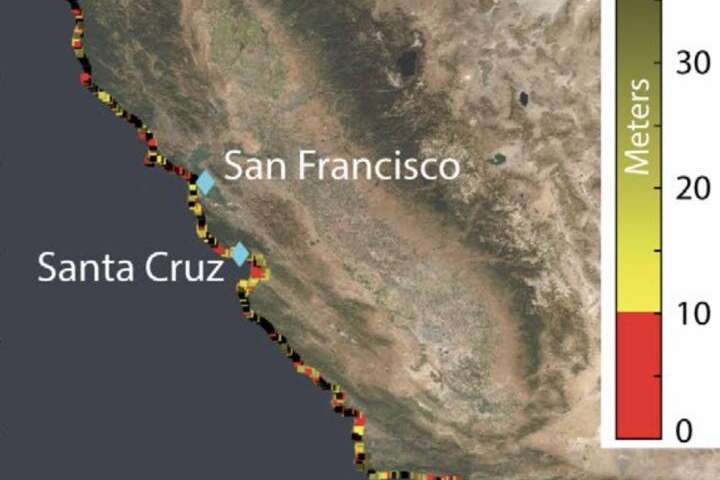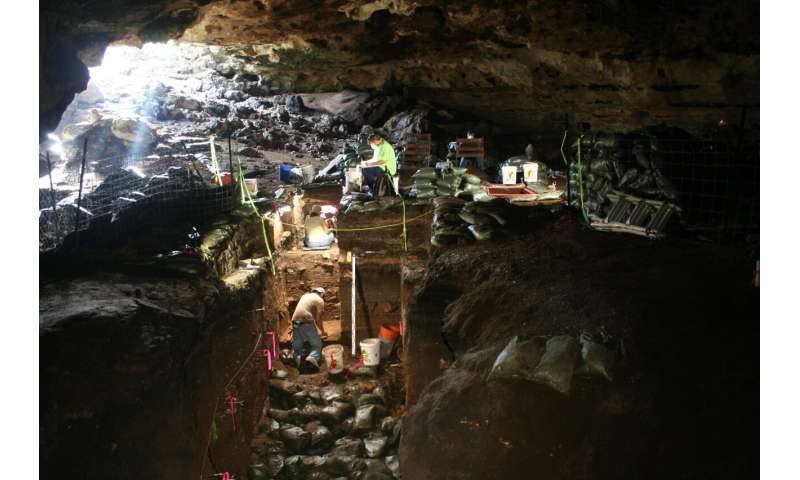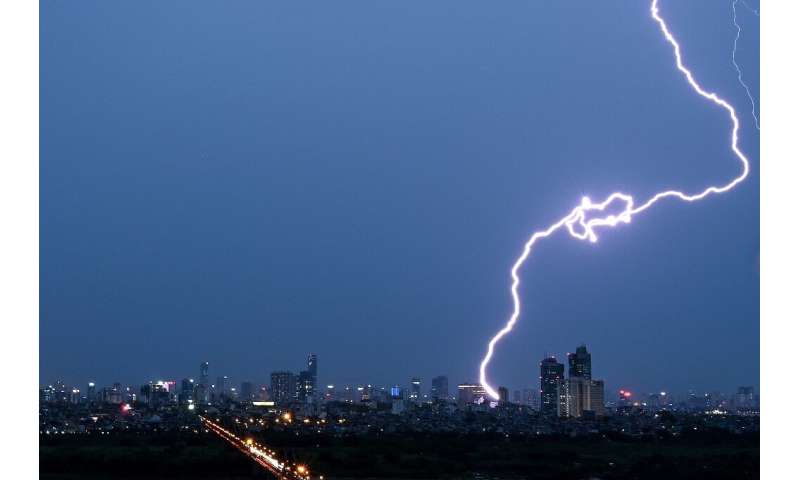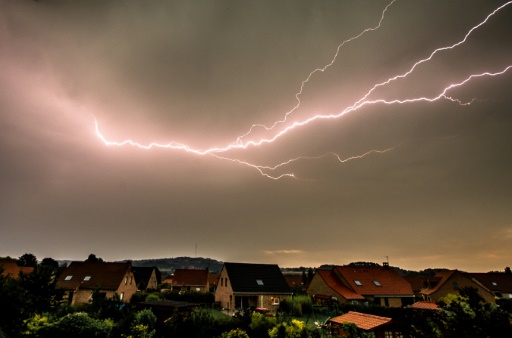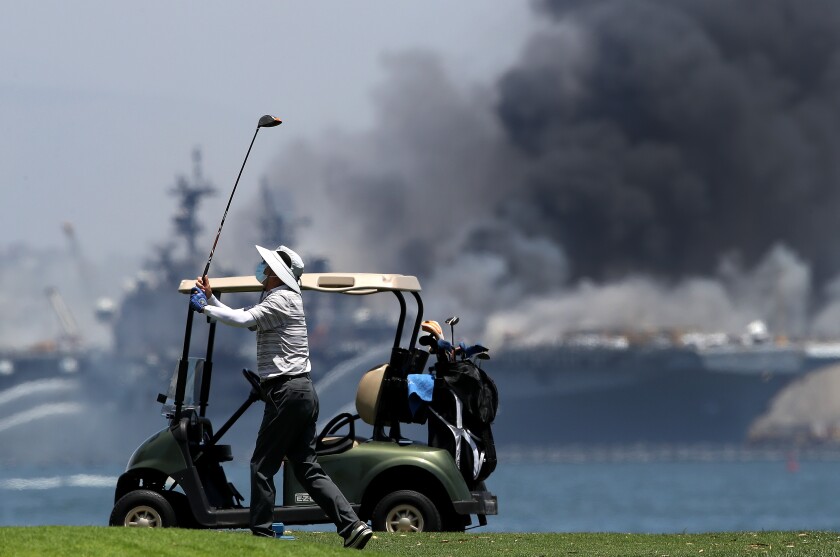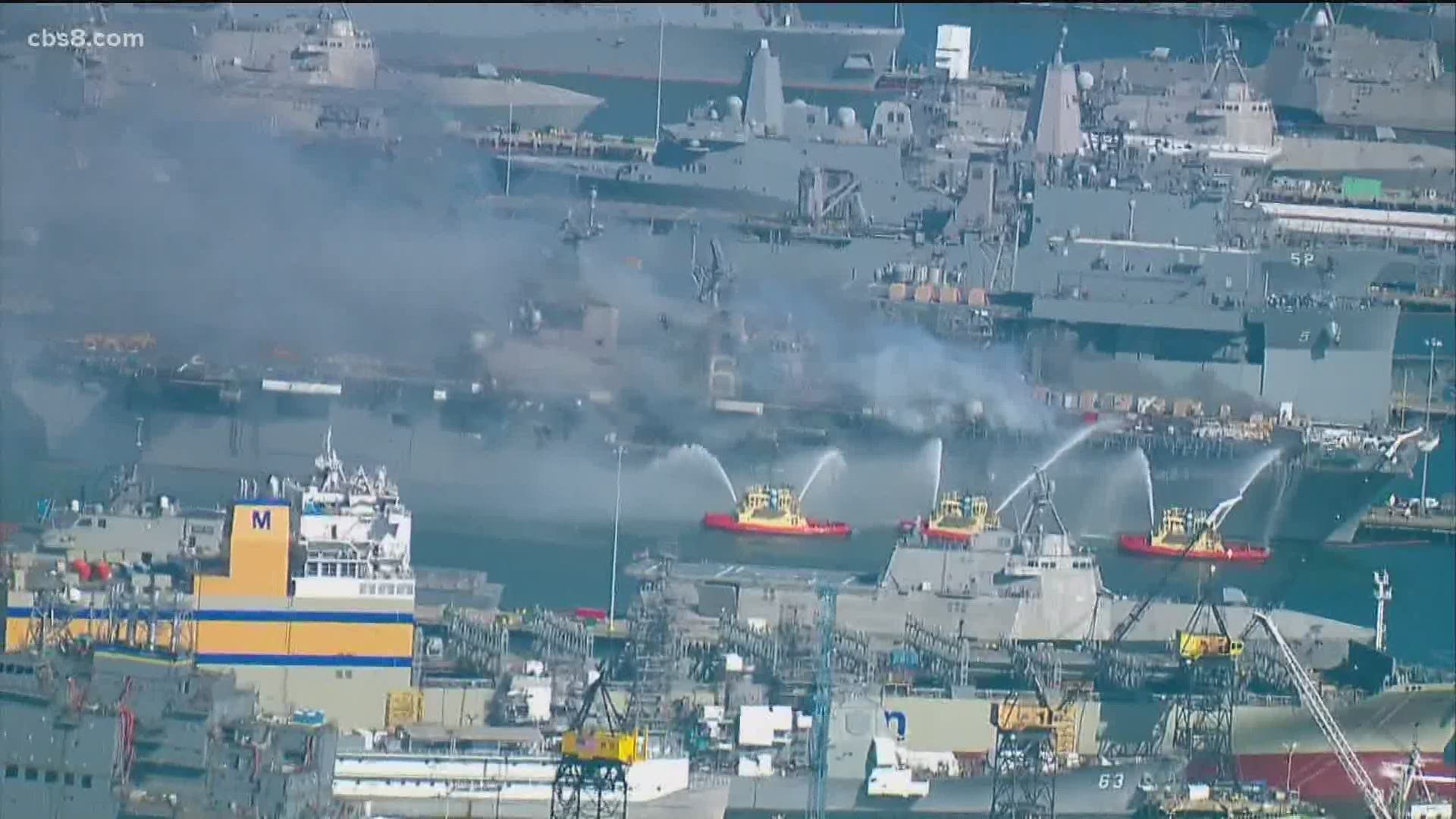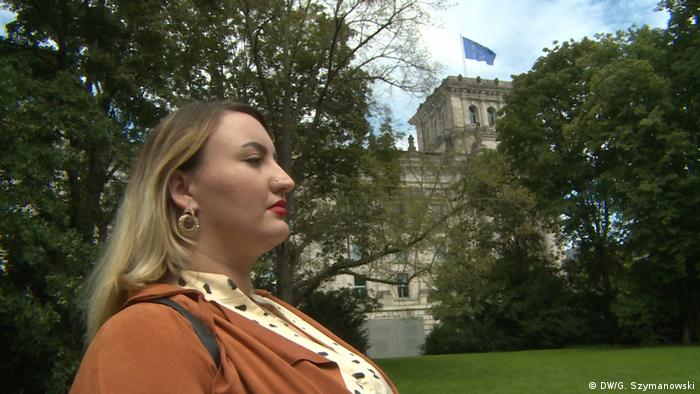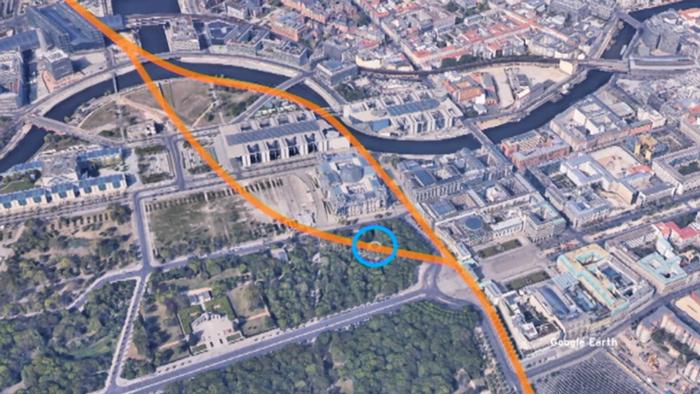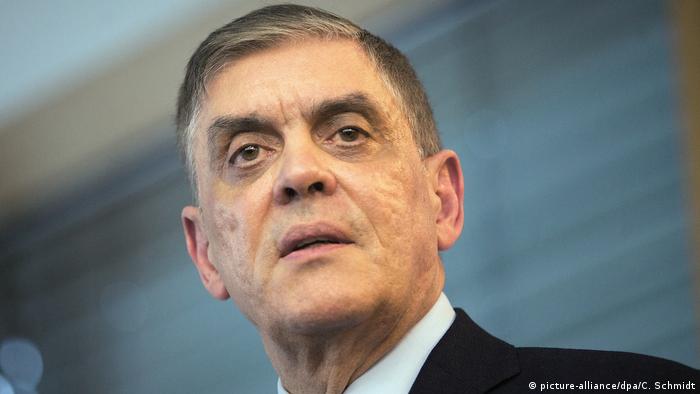
Credit: CC0 Public Domain
Using the COVID Symptom Tracker App, researchers from King's College London and Harvard looked at data from 2,035,395 individuals and 99,795 front-line health-care workers in the UK and US. The prevalence of SARS-CoV-2 was 2747 cases per 100,000 front-line health-care workers compared with 242 cases per 100,000 people in the general community. A little over 20 percent of front-line health-care workers reported at least one symptom associated with SARS-CoV-2 infection compared with 14·4 percent of the general population; fatigue, loss of smell or taste, and hoarse voice were especially frequent.
BAME health-care workers were at an especially high risk of SARS-CoV-2 infection, with at least a fivefold increased risk of infection compared with the non-Hispanic white general community.
Professor Sebastien Ourselin, senior author from King's College London said: "The findings of our study have tremendous impact for healthcare workers and hospitals. The data is clear in revealing that there is still an elevated risk of SARS-CoV-2 infection despite availability of PPE.
Dr. Claire Steves, lead clinical researcher from King's College London said: "I'm very pleased we have now introduced masks and social distancing where possible for all interactions in hospitals—to protect ourselves and the population we serve. We need to ensure this is reinforced and sustained throughout the health service—including in health care settings outside hospitals, for example in care homes.
"Additional protective strategies are equally as important, such as implementing social distancing among healthcare staff. Stricter protocols for socialising among healthcare staff also need to be considered."
Explore further COVID risk calculator aims to help keep BAME healthcare workers safer
A new study published today in Lancet Public Health has found that front-line healthcare workers with adequate personal protective equipment (PPE) have a three-fold increased risk of a positive SARS-CoV-2 test, compared to the general population. Those with inadequate PPE had a further increase in risk. The study also found that healthcare workers from Black, Asian and minority ethnic (BAME) backgrounds were more likely to test positive.
Using the COVID Symptom Tracker App, researchers from King's College London and Harvard looked at data from 2,035,395 individuals and 99,795 front-line health-care workers in the UK and US. The prevalence of SARS-CoV-2 was 2747 cases per 100,000 front-line health-care workers compared with 242 cases per 100,000 people in the general community. A little over 20 percent of front-line health-care workers reported at least one symptom associated with SARS-CoV-2 infection compared with 14·4 percent of the general population; fatigue, loss of smell or taste, and hoarse voice were especially frequent.
BAME health-care workers were at an especially high risk of SARS-CoV-2 infection, with at least a fivefold increased risk of infection compared with the non-Hispanic white general community.
Professor Sebastien Ourselin, senior author from King's College London said: "The findings of our study have tremendous impact for healthcare workers and hospitals. The data is clear in revealing that there is still an elevated risk of SARS-CoV-2 infection despite availability of PPE.
"In particular we note that that the BAME community experience elevated risk of infection and in some cases lack access to adequate PPE, or frequently reuse equipment."
Researchers say their study not only shows the importance of adequate availability and use of PPE, but also the crucial need for additional strategies to protect healthcare workers, such as ensuring correct application and removal of PPE and avoiding reuse which was associated with increased risk.
Differences were also noted in PPE adequacy according to race and ethnicity, with non- Hispanic white health-care workers more frequently reporting reuse of or inadequate access to PPE, even after adjusting for exposure to patients with COVID-19.Joint first author Dr. Mark Graham from King's College London said: "The work is important in the context of the widely reported higher death rates amongst healthcare workers from BAME backgrounds. Hopefully a better understanding of the factors contributing to these disparities will inform efforts to better protect workers."
Dr. Claire Steves, lead clinical researcher from King's College London said: "I'm very pleased we have now introduced masks and social distancing where possible for all interactions in hospitals—to protect ourselves and the population we serve. We need to ensure this is reinforced and sustained throughout the health service—including in health care settings outside hospitals, for example in care homes.
"Additional protective strategies are equally as important, such as implementing social distancing among healthcare staff. Stricter protocols for socialising among healthcare staff also need to be considered."
Explore further COVID risk calculator aims to help keep BAME healthcare workers safer
Journal information: The Lancet Public Health
Provided by King's College London
High COVID-19 risk among health care workers, especially those from minority backgrounds
by Massachusetts General Hospital

Credit: CC0 Public Domain
New research indicates that at the peak of the COVID-19 pandemic in the U.S. and the U.K., frontline healthcare workers—particularly those from Black, Asian, and minority ethnic backgrounds—faced much higher risks of testing positive for COVID-19 than individuals in the general community. The study, which was conducted by a team led by researchers at Massachusetts General Hospital (MGH), is published in The Lancet Public Health.
Among 2,035,395 individuals in the community and 99,795 frontline healthcare workers who voluntarily used the COVID Symptom Study smartphone app developed by Zoe Global Ltd with scientific input from MGH and Kings College London, 5,545 new reports of a positive COVID-19 test were documented between March 24 and April 23, 2020.
Frontline healthcare workers had at least a threefold increased risk of COVID-19, after accounting for differences in testing frequency between frontline healthcare workers and the general community. Black, Asian, and minority ethnic healthcare workers appeared to be disproportionately affected, with a nearly twofold higher risk compared with white healthcare workers.
Also, frontline healthcare workers who reported inadequate availability of personal protective equipment (PPE) such as masks, gloves, and gowns, had an especially elevated risk; however, adequate availability of PPE did not seem to completely reduce risk among healthcare workers caring for patients with COVID-19.
"Although it is clear that healthcare workers on the front line of the fight against COVID-19 have an increased risk of infection, our country continues to face vexing shortages of PPE," said senior author Andrew T. Chan, MD, Ph.D., chief of the Clinical and Translational Epidemiology Unit at MGH and director of Cancer Epidemiology at the MGH Cancer Center. "Our results underscore the importance of providing adequate access to PPE and also suggest that systemic racism associated with inequalities to access to PPE likely contribute to the disproportionate risk of infection among minority frontline healthcare workers."
Dr. Chan hopes the study's findings bring greater awareness to the importance of ensuring an equitable supply chain of PPE and of developing additional strategies to protect all frontline healthcare workers. "This study demonstrates how the two major crises that the U.S. faces— the COVID-19 pandemic and systemic racism—are inextricably linked and need immediate attention," he added.
More information: Long H Nguyen et al, Risk of COVID-19 among front-line health-care workers and the general community: a prospective cohort study, The Lancet Public Health (2020). DOI: 10.1016/S2468-2667(20)30164-X
New research indicates that at the peak of the COVID-19 pandemic in the U.S. and the U.K., frontline healthcare workers—particularly those from Black, Asian, and minority ethnic backgrounds—faced much higher risks of testing positive for COVID-19 than individuals in the general community. The study, which was conducted by a team led by researchers at Massachusetts General Hospital (MGH), is published in The Lancet Public Health.
Among 2,035,395 individuals in the community and 99,795 frontline healthcare workers who voluntarily used the COVID Symptom Study smartphone app developed by Zoe Global Ltd with scientific input from MGH and Kings College London, 5,545 new reports of a positive COVID-19 test were documented between March 24 and April 23, 2020.
Frontline healthcare workers had at least a threefold increased risk of COVID-19, after accounting for differences in testing frequency between frontline healthcare workers and the general community. Black, Asian, and minority ethnic healthcare workers appeared to be disproportionately affected, with a nearly twofold higher risk compared with white healthcare workers.
Also, frontline healthcare workers who reported inadequate availability of personal protective equipment (PPE) such as masks, gloves, and gowns, had an especially elevated risk; however, adequate availability of PPE did not seem to completely reduce risk among healthcare workers caring for patients with COVID-19.
"Although it is clear that healthcare workers on the front line of the fight against COVID-19 have an increased risk of infection, our country continues to face vexing shortages of PPE," said senior author Andrew T. Chan, MD, Ph.D., chief of the Clinical and Translational Epidemiology Unit at MGH and director of Cancer Epidemiology at the MGH Cancer Center. "Our results underscore the importance of providing adequate access to PPE and also suggest that systemic racism associated with inequalities to access to PPE likely contribute to the disproportionate risk of infection among minority frontline healthcare workers."
Dr. Chan hopes the study's findings bring greater awareness to the importance of ensuring an equitable supply chain of PPE and of developing additional strategies to protect all frontline healthcare workers. "This study demonstrates how the two major crises that the U.S. faces— the COVID-19 pandemic and systemic racism—are inextricably linked and need immediate attention," he added.
More information: Long H Nguyen et al, Risk of COVID-19 among front-line health-care workers and the general community: a prospective cohort study, The Lancet Public Health (2020). DOI: 10.1016/S2468-2667(20)30164-X
Journal information: The Lancet Public Health
Provided by Massachusetts General Hospital



